Humans have fairly predictable sleep patterns. Apart from night birds, most of us go to bed in the evening and wake up in the morning. However, when it comes to animals, some people like to do things a little differently and have rather surprising sleeping habits. Here are some of them.
13. The albatrosses
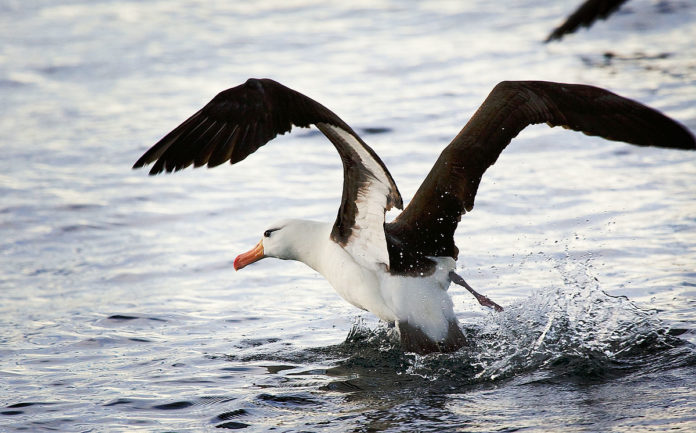
As seabirds, albatrosses spend most of their time in the air in search of food below. Moreover, many believe that they are able to sleep in the air, perhaps by keeping only a sufficient part of their brain awake to continue flying. Swifts can also fly in their sleep and are known to fly for several years at a time without ever landing to sleep. However, BBC journalist Ella Davies hypothesizes that albatrosses do not sleep in flight, but are able to simply not sleep for very long periods.
12. The sharks
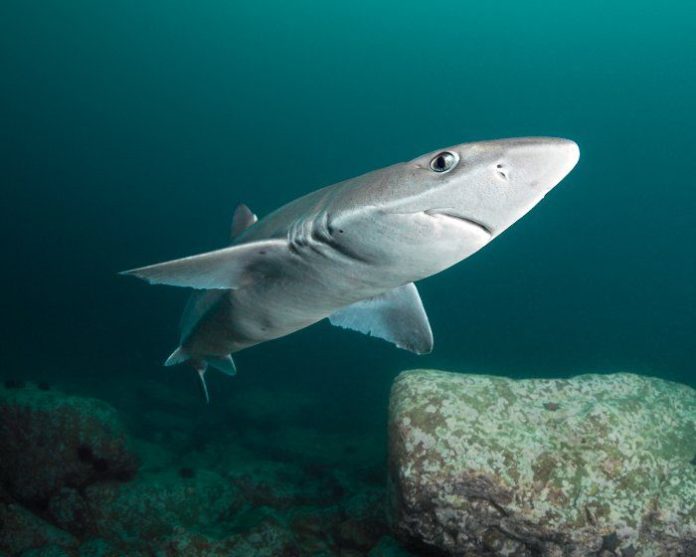
Many shark species must constantly swim to keep the water above their gills in order to get oxygen, otherwise they could die. This means that they cannot enter deep sleep like humans and must “sleep-swim” with less active parts of their brain. Experts studied the spiny dogfish and found that it was his spine that coordinated the swim, not his brain, suggesting that he may be able to close his brain to sleep.
11. Swainson’s thrushes

Swainson’s thrushes are migratory birds and therefore travel incredibly long distances. To do this, they take hundreds of very short naps that last only a few seconds at a time.
10. The dolphins
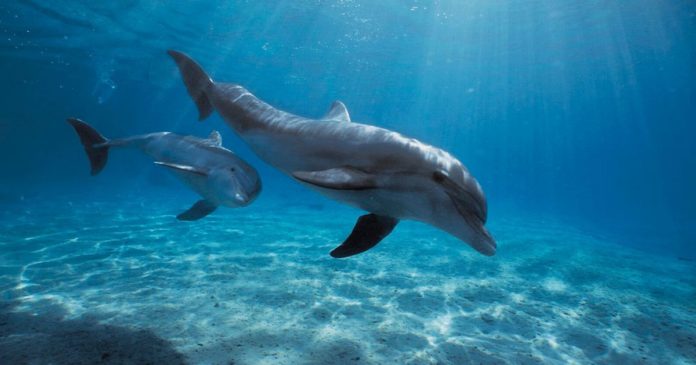
Like sharks, dolphins do not sleep completely and always with one eye open, alternately closing each side of their brain. A study conducted by various marine mammal organisms in San Diego, California, found that dolphins could do without complete sleep for at least 15 days and remain alert.
9. The bats
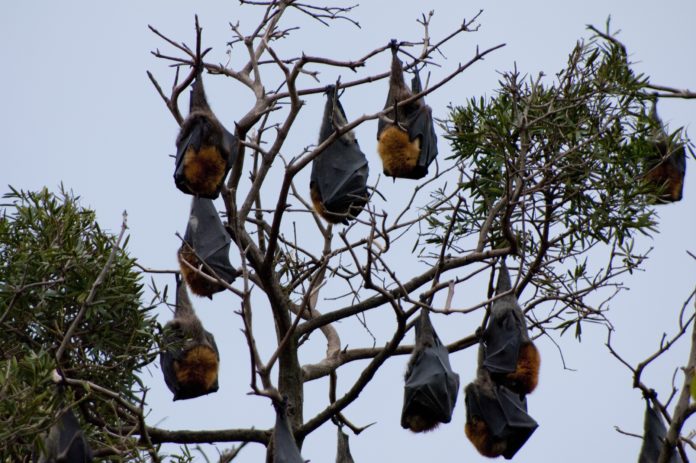
Everyone knows that bats sleep upside down. This means less competition for the best resting place and because their strong claws dig into any surface they hang from, it requires little energy to hold on to. They also have rather weak wings, so hanging up requires much less effort than standing on the ground.
8. The frogs
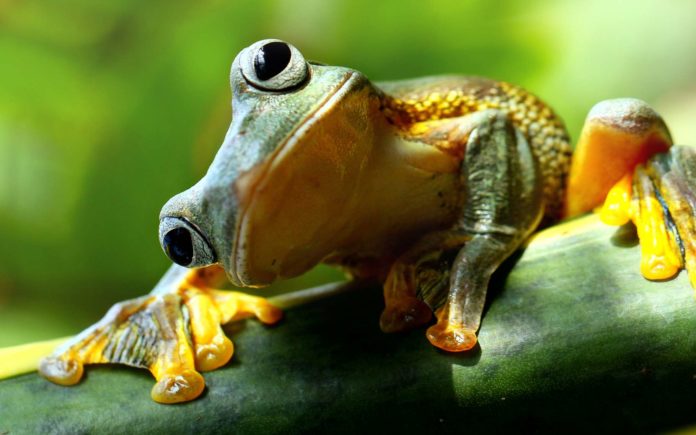
Many animals hibernate, but few are as good as frogs. Some frogs can hibernate while frozen underwater, without heart rate or air for weeks at a time.
7. The otters
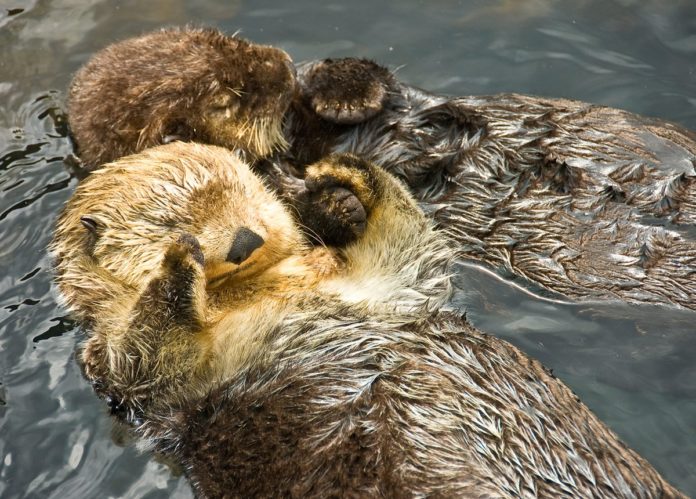
Otters can be prey to several predators on land so sometimes they sleep in the water instead. However, to prevent themselves from drifting, we know that they anchor their bodies to something by using their tails or they can even stand together so as not to move away.
6. Baboons of Guinea
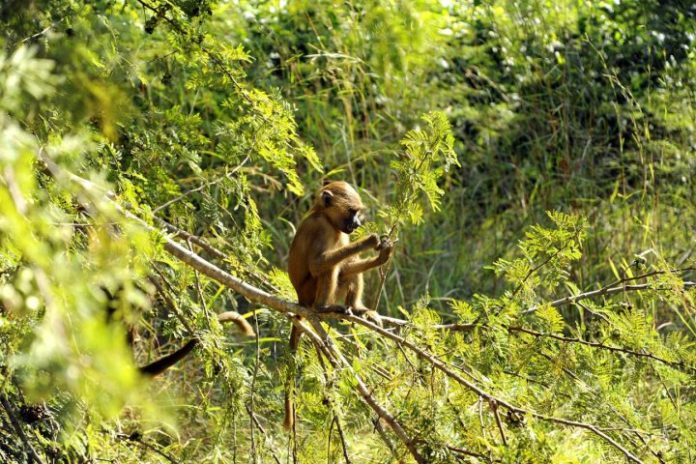
The Guinea baboon must be vigilant at all times to be aware of predators, but also to hunt potential prey. To do this, he sleeps at the top of a tree on his heels, always ready to move if necessary.
5. The meerkats
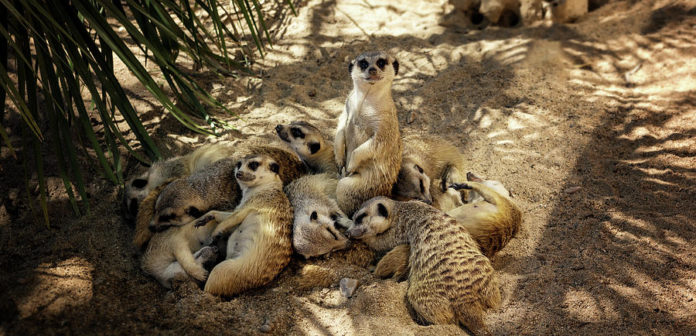
Meerkats are group animals and also sleep together. They sleep in a pile with the group matriarch buried underneath so that she gets the best sleep. The “sentinels” sleep outside and have a lighter sleep in order to be easily alerted by potential predators. They can also sleep like that to keep warm during the cold nights of the desert.
4. Muscard dormice
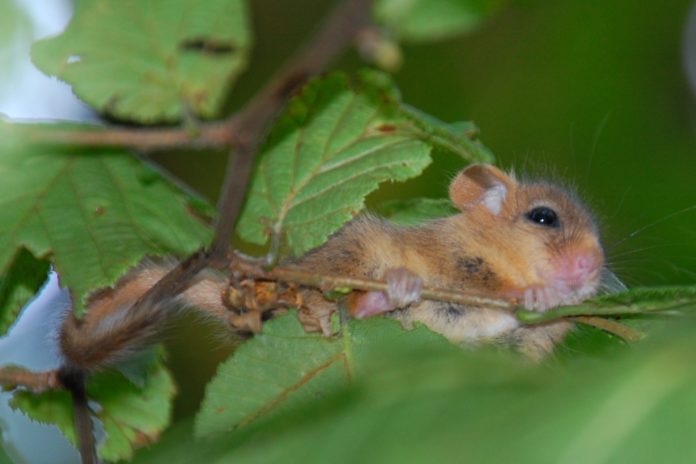
Like the Guinea baboon mentioned above, the muscard dormouse is constantly on the lookout for predators. In order to wake up quickly, it sleeps tied to weak branches, reacting to the slightest movement.
3. Octopuses and cuttlefish also dream
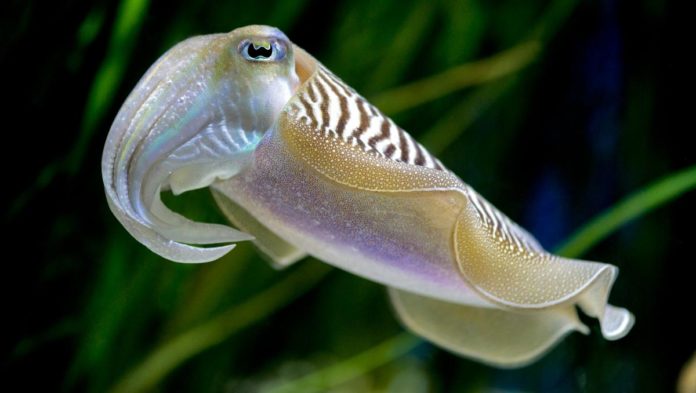
It is not uncommon for animals to dream – you have probably seen a dog run in its sleep. However, even animals such as octopuses and cuttlefish apparently dream in one form or another. Sleep experts have found that they show rapid eye movement during sleep, which in humans shows that we are dreaming.
2. Chimpanzees choose the bed that will give them the best sleep
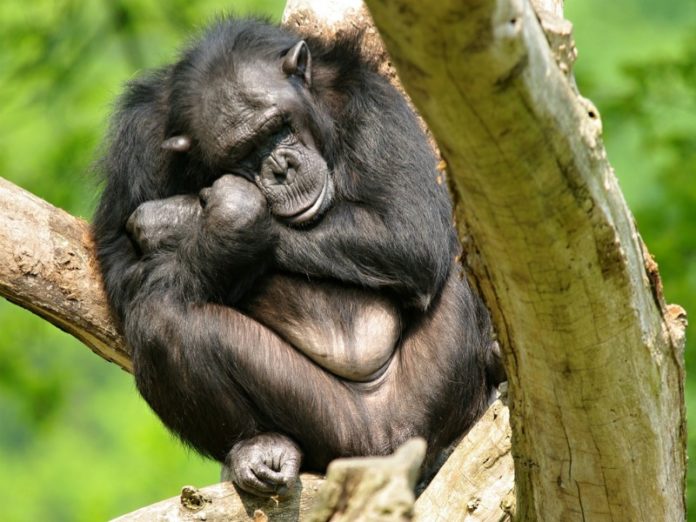
The researchers suggested that chimpanzees do not choose just any old tree to sleep on, but the type of tree that will give them the best sleep. In a study conducted in a wildlife reserve in Uganda, American anthropologists found that of the 1,844 chimpanzee nests studied, 73.6% came from a strong tree called the Cape Olive Tree, although this tree only represents 9.6% of the trees in this area.
1. Most animals have polyphasic sleep cycles
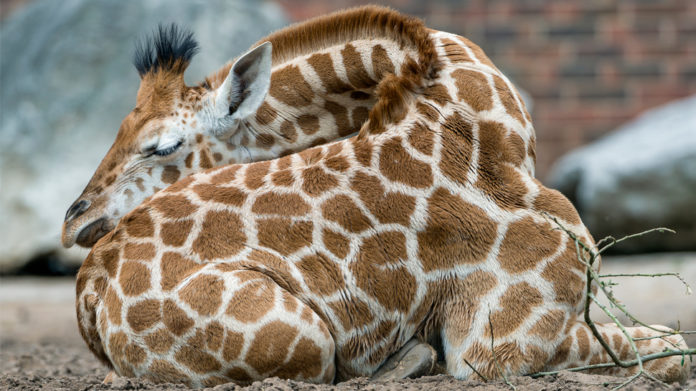
All animals have their own individual sleep routines, but many adopt polyphasic cycles, sleeping several during the day. Humans are quite unique in their monophasic cycle. Giraffes only need a very short period of sleep, about two hours, while we can all be envious of the brown bat that can sleep up to 19 hours a day.


































